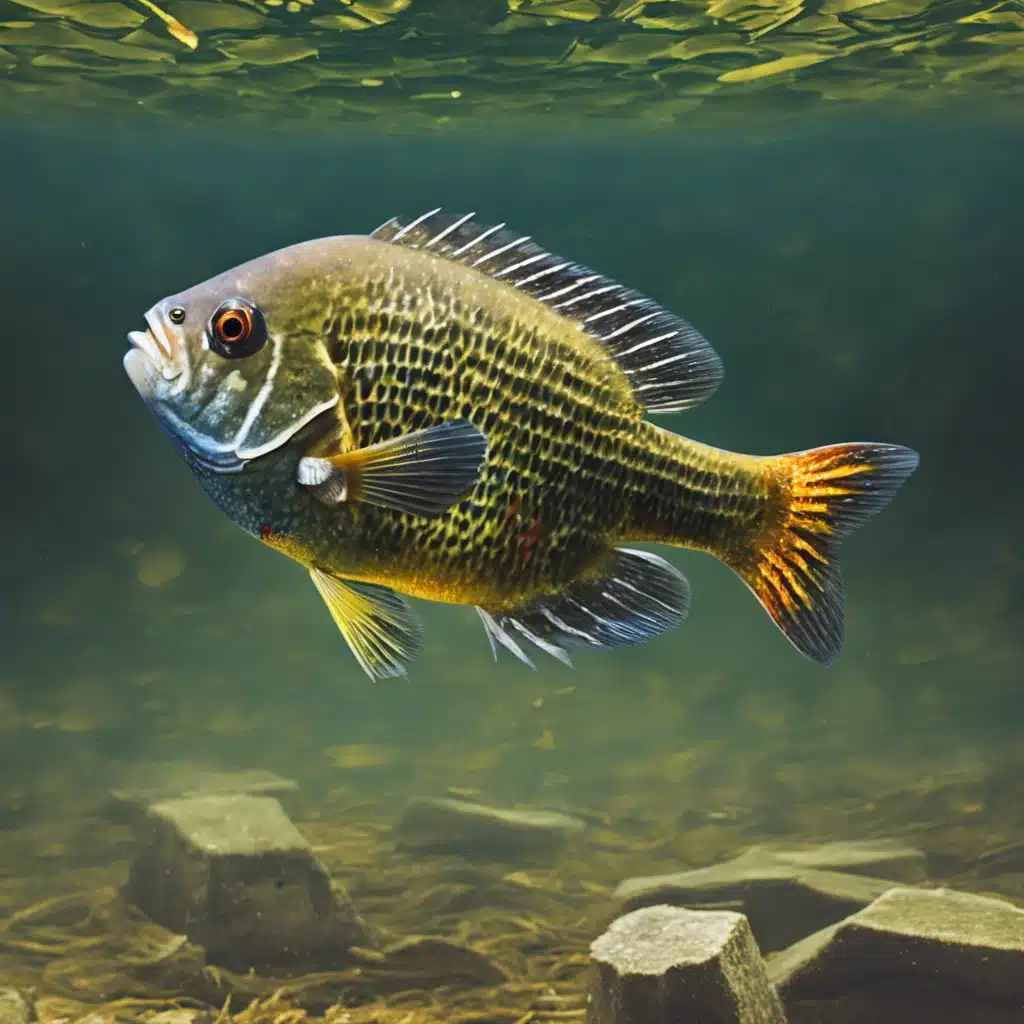Bluegill Fishing Lures
Bluegill: A great entry-level fish, Bluegills can be caught with simple gear like light rods and worms. They’re a blast on light tackle and found near cover in ponds and lakes.
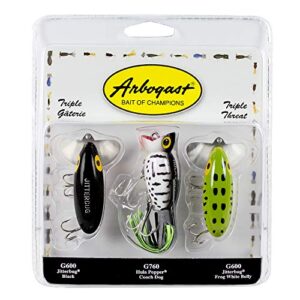
Enhance Your Fishing Game with the Triple Threat Lure Set
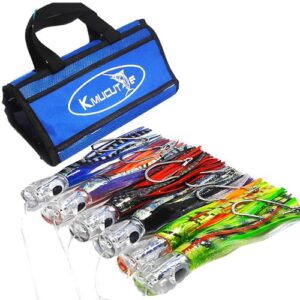
Review: KMUCUTIE Set of 6 pcs Deep Sea Fishing Lures
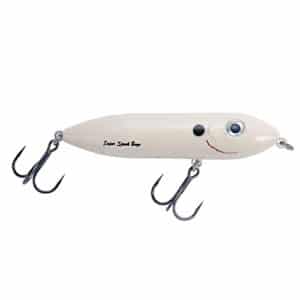
Heddon Super Spook Boyo 3: The Ultimate 3/8 Oz. Lure
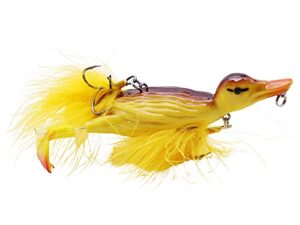
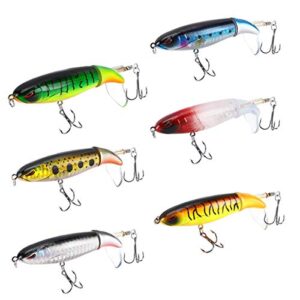
Unleash the Power of 6PCS Bass Whopper Lures for Success
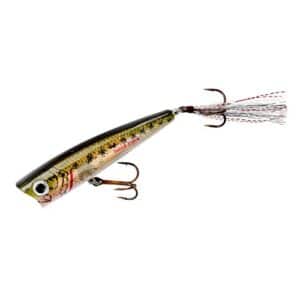

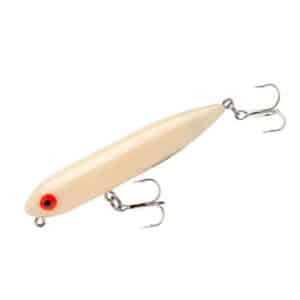
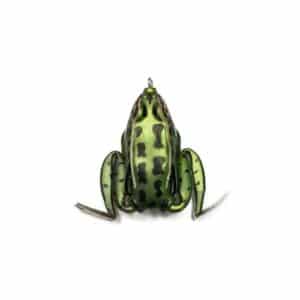
Common Lures for Bluegill fish
Catching Bluegill, a popular panfish known for its vibrant colors and feisty nature, can be highly rewarding with the right lures. Bluegill are opportunistic feeders, often eating insects, larvae, and small fish. Here are common lures used to target Bluegill:
Small Jigs: Tiny jigs, often tipped with a piece of worm or synthetic bait, are extremely effective for Bluegill. They mimic the small invertebrates that Bluegill naturally feed on. Feather or marabou jigs in natural colors work well.
Micro Spinners: Small spinnerbaits with a single blade can attract Bluegill through their flashing and vibrating action, simulating small prey fish or insects.
Soft Plastic Baits: Tiny soft plastics, such as grubs, worms, or insect imitations rigged on small jig heads, can be irresistible to Bluegill. These lures can be presented with subtle movements to mimic natural prey.
Popper Flies: For those using fly fishing gear or a light spinning setup with a casting bubble, small popper flies can be very effective, especially during the early morning or late evening. The surface action of poppers can entice aggressive strikes from Bluegill.
Inline Spinners: Mini inline spinners, which feature a spinning blade on a straight wire shaft, are excellent for covering more water and attracting Bluegill with their reflective flash and vibration.
Spoons: Small, lightweight spoons that flutter and flash in the water can catch the attention of Bluegill, especially when they’re feeding on minnows or other small fish.
Cricket and Ant Imitations: Artificial crickets and ants, especially when used on a light setup, can be very effective for Bluegill. These lures work well when Bluegill are feeding on surface insects.
When targeting Bluegill, it’s important to use ultralight tackle to make the fight more enjoyable and to accurately present these small lures. Additionally, because Bluegill have small mouths, selecting lures that are appropriately sized to fit in their mouths will increase your chances of a successful hook-up.

